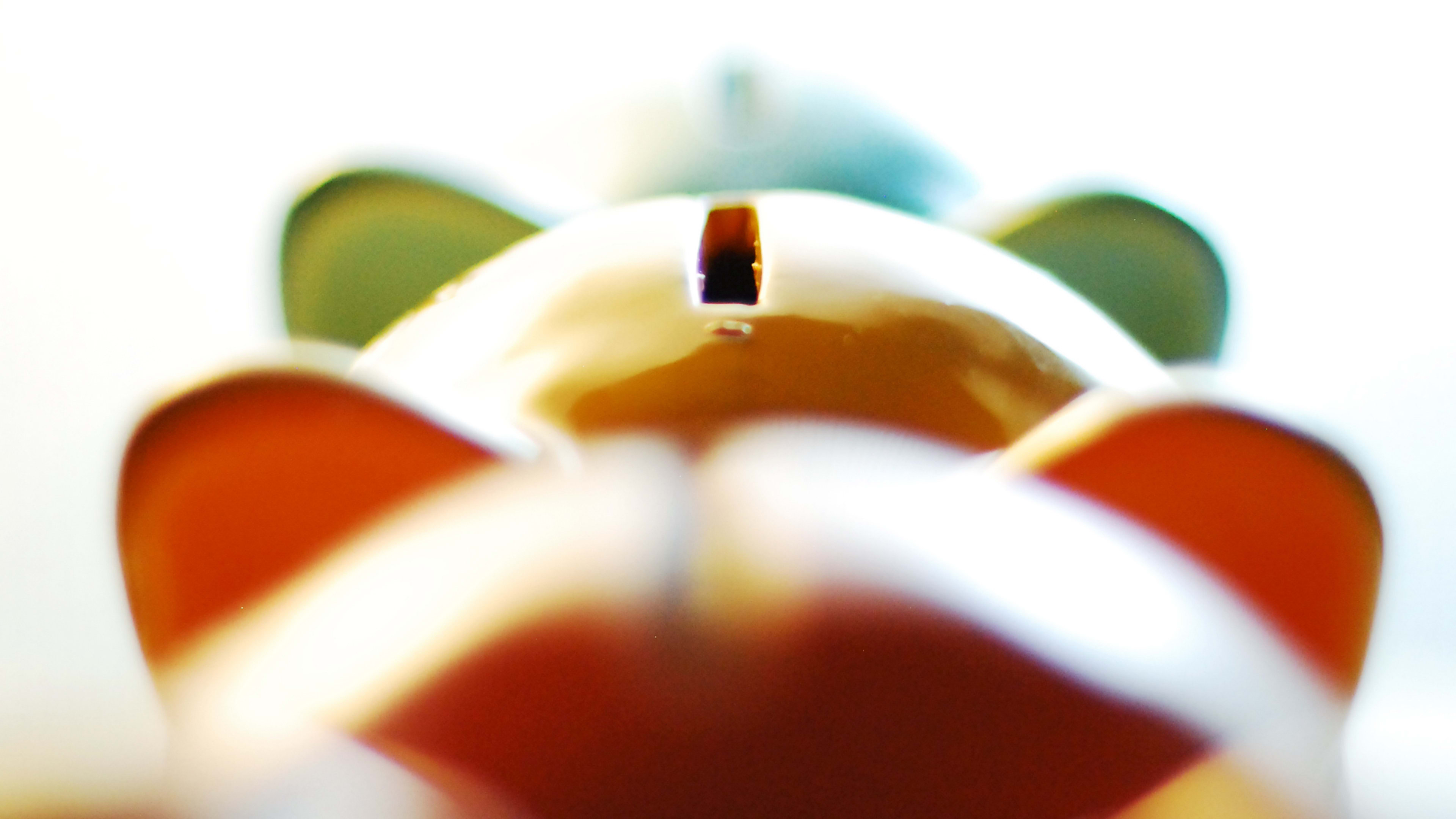You’d love to save money, but with that anemic paycheck of yours, it seems impossible. Chances are it isn’t, but it will continue to seem that way as long as you don’t know your cash flow. There’s zero way around this. You cannot understand your money and how to best manage it unless you have a detailed understanding of the inflow and outflow of your cash–but it doesn’t stop there. Let me break it down for you.
Size Up Your Cash Flow
You can start getting intimately familiar with your cash flow by writing out all existing expenses (even small ones like Hulu and Netflix, the salad you got for lunch, or the latest video game you bought). Take a piece of paper and write your net take-home pay–the total amount of money that hits your checking account each month–at the top of a piece of paper. Then list out each monthly expense you pay, both fixed and variable.
- Rent/mortgage
- Internet/cable
- Utilities (electric, water, gas, etc.)
- Cell phone
- Student loan payment
- Transportation cost (car payment, gas, monthly transit card)
- Health insurance
- Car insurance
- Renter’s insurance
- Groceries
- Entertainment (Netflix, Hulu, Amazon Prime, happy hour budget, dating budget)
- Household goods (toilet paper and cleaning supplies)
- Beauty products (or stuff like beard oil, if that’s your thing)
- Pets (or kids if you #adulted real fast)
- Don’t forget write down any expenses you may pay annually as well.
You get the point. Subtract your outflow from your monthly take-home pay, and you’ve got yourself a basic understanding of your cash flow.
Get a positive number? Lucky you, because you actually don’t have every penny accounted for yet! This means there’s some money available to put into savings. But you need to pay yourself first so it doesn’t get spent. No more, “Sighhhhhh, I just never have anything left over at the end of the month to save” mentality.
Seeing that aggressive negative sign in front of your total? It’s time to move on to the next step.
Related: How I Managed To Save Money On A $25,000 Salary In New York City
Find Places To Slash Your Spending
They may be clichéd tactics, but things like cooking at home, cutting the cord on your cable, making your own coffee, and brown-bagging your lunch are easy places to start saving, and they really add up over time–as long as you don’t spend that money on something else. Other ways to save including canceling gym memberships, online subscriptions, and other paid installment services or luxuries you don’t use.

Walking/biking/carpooling or taking public transportation wherever possible also conserves cash, as does shopping around for better deals on something you want or need or going in on an expensive item that can be shared with a friend or roommate. Even bigger savings can come from looking into refinancing your debt to a lower interest rate (which could save you hundreds to thousands of dollars), selling to other people valuable items you never use that are in good condition, or calling to negotiate current rates with utility companies and service providers.
Just doing one of these smaller habits (like brown-bagging your lunch at least once or twice a week) can put an easy $15 minimum into your savings account each month. I know it sounds absolutely insane to only save $15 a month, but just start. Soon you’ll find that the habit motivates you to not only keep going, but increase your efforts.
Go On A Two-Week All-Cash Diet
Run your budget to see how much you can spend per week. Then hide your cards and take out cash. Hopefully the tactile experience of handing over an Andrew Jackson and sensing his judgmental stare glaring at you will make you think twice about whether or not you need to make this purchase.
Once the cash is gone, it’s gone. You might want to invest in some rice, beans, and hot sauce to keep in the cupboard before you get started. This can help you reset your spending habits and find where unexpected budget leaks are occurring. Stick with it for a month, and you may find an extra $30 to $50 to reroute toward savings.
Before you get frustrated about your ability to save, beware that it sometimes takes a while before these tips yield any real savings. You may be faced with difficult situations before you’re able to build any substantial emergency savings buffer. If this happens, you may have to make the call about which bill you can skip this month in lieu of paying something more important (like skipping out on your water bill in order to cover rent and a car payment). In these scenarios, it’s best to ask for permission first. Call the company, explain your situation, and see if you can perhaps get a grace period. Then be sure to catch up as quickly as possible.
This article is adapted from Broke Millennial: Stop Scraping by and Get Your Financial Life Together by Erin Lowry with the permission of TarcherPerigee, an imprint of Penguin Random House. Copyright © 2017 by Erin Lowry.
Recognize your brand’s excellence by applying to this year’s Brands That Matter Awards before the early-rate deadline, May 3.
